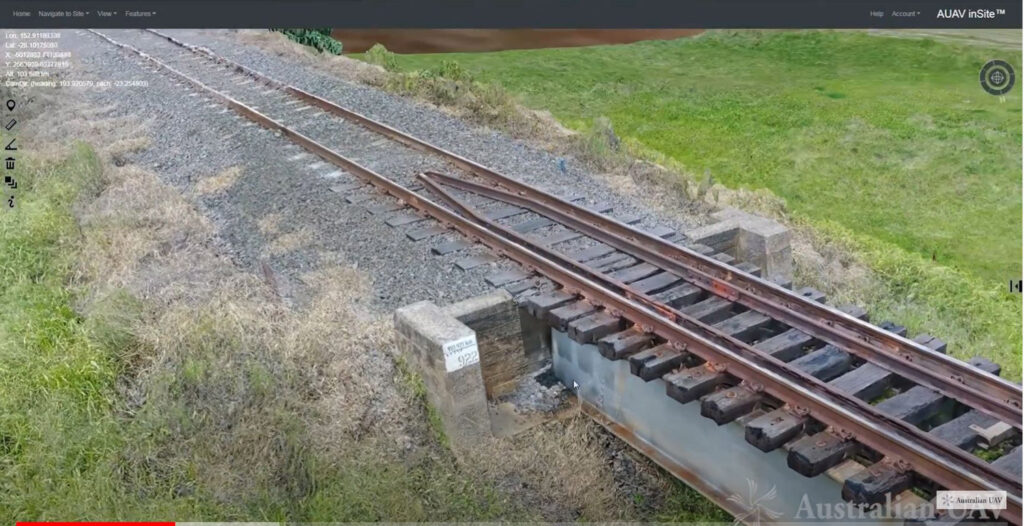Once considered toys, drones are indispensable tools for infrastructure staff to manage assets.
Drone technologies have advanced substantially since first being used in large-scale commercial applications in the early 2000s. Now equipped with technologies such as wind stabilisers, protective caging and high-definition visual imaging, they are valuable in asset inspection, building management and infrastructure conservation. They can be used across an asset’s lifecycle – from construction to ongoing management.
Drones perform regular flyovers and continuous monitoring of assets worldwide. They are indispensable for companies with offshore oil and gas assets, where drones equipped with thermal imaging, image recognition and data-analysis technologies monitor oil platform operations.
Stork Asset Management Technology pioneered flare tip inspections in offshore oil and gas platforms in 2012 and has performed complex chimney inspections in countries such as Australia. Principal Integrity Consultant Geert Henk Wijnants says drones provide solutions across different asset categories.

“Drones can capture any kind of data including infra-red (temperature), acoustic (noise), stench (smells or gases) and drugs (chemical analysis), but visual inspection is one of the most common applications,” says Wijnants. “Surveying land assets with laser scanning allows a thorough condition assessment.”
To illustrate this point, Wijnants refers to a video in which visual imaging data was used to create a 3D model of a segment of railway track. In the model, details such as the railway kilometric signage and a damaged railway sleeper are clearly visible. This gives an indication of the high level of precision possible with drone technology.
The benefits of using drones include enhanced safety, reduced costs and improved scheduling, which translates into operational efficiency. “Successful drone use requires correct application and a highly skilled operator,” explains Wijnants.
Drones reduce the need for manual inspections in hazardous and hard to reach locations. Deployment can take a matter of seconds, saving time and money, especially where scaffolding or aerial vehicles would otherwise be needed.
For example, Stork uses drones for internal boiler inspections. “Traditionally boilers have required time to cool down before inspections can take place,” says Wijnants. “However, we can use drones at an early stage to determine where deterioration can be found and plan scaffolding for only those locations, saving both time and cost.”
According to a report by PwC, drones will allow global agriculture, transport and infrastructure industries to generate business opportunities worth $US127 billion per year, with drone-powered solutions to infrastructure worth $US45.2 billion annually.
These figures are likely to increase further with the application of new drone technologies, particularly collision avoidance, Beyond Visual Line of Sight (BVLS) communications and satellite navigation technologies that will allow longer-range precision monitoring.














